In the age of social media, photography often feels like a sprint.
We take a shot, edit it quickly, post it for likes, and move on to the next.
But a meaningful photography project doesn’t work like that. It’s not about single frames—it’s about building a story, brick by brick, until it has weight, texture, and a pulse of its own.
I learned this first-hand over the four years I spent creating my first long-term body of work, Unveiling Savannah’s Shadows. What started as a handful of street photographs turned into a visual document of a city caught between tradition and transformation.
It wasn’t just a project…it was a relationship.
Here’s what the process taught me about building a meaningful photography series, and how you can apply these principles to your own work.
Hello and welcome to The Creative Connection! The Creative Connection is a publication dedicated to exploring the art, craft, and business of photography. With thoughtfully curated segments, we dive into the past, present, and future of image-making. In Life Through The Lens, we spotlight influential photographers throughout history, examining their legacy and the ways their work continues to shape visual culture. Crafting A Photograph offers both technical insight and introspective guidance, helping photographers become more self-aware artists through deeper aesthetic and creative choices. Finally, The Creative Connection segment brings it full circle—focusing on how to market yourself as a modern photographer, build meaningful relationships both online and in person, and cut through the myths of the business side of creativity. This is more than a publication—it’s a space where artistry meets strategy.
In this segment of Crafting A Photograph, we’ll be discussing How To Build A Meaningful Photography Project. So, without further delay, let’s jump right in!
Start With a Question, Not a Subject
When I first started photographing Savannah, I wasn’t thinking about a book. I was curious. I kept asking myself:
What does the soul of this city look like when you strip away the postcard version?
That question became my anchor. Every time I went out shooting, I was less interested in “pretty” shots of oak trees and Spanish moss, and more interested in what was happening in the quiet corners, on front porches, in the markets, under the dim yellow glow of streetlights.
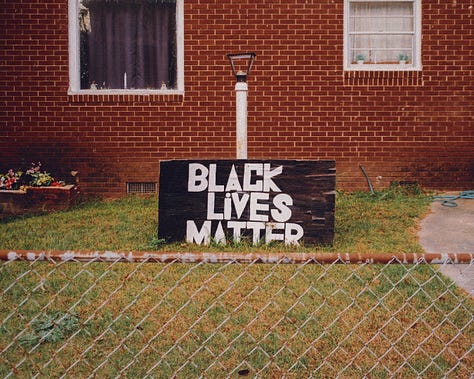
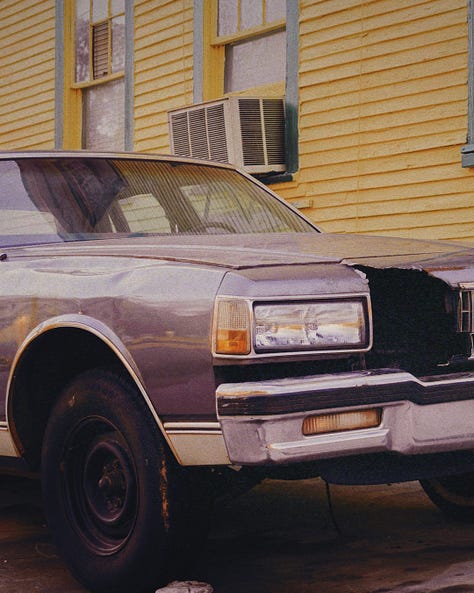
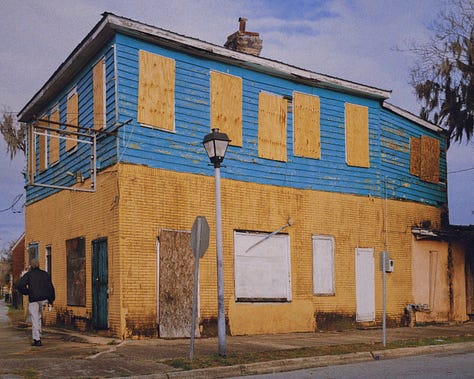
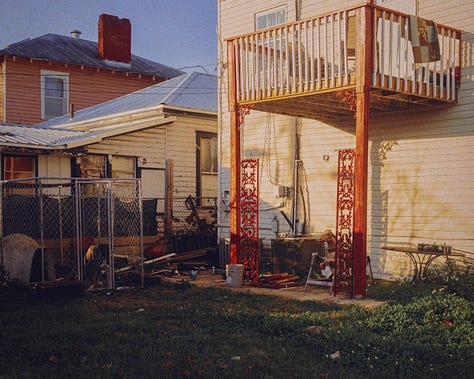
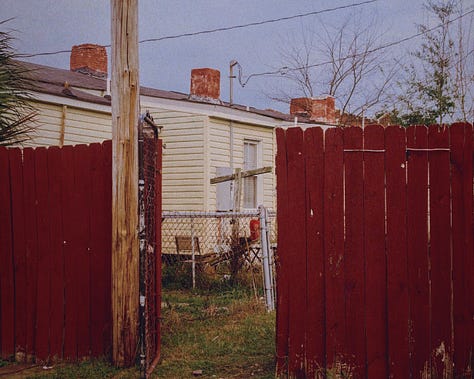
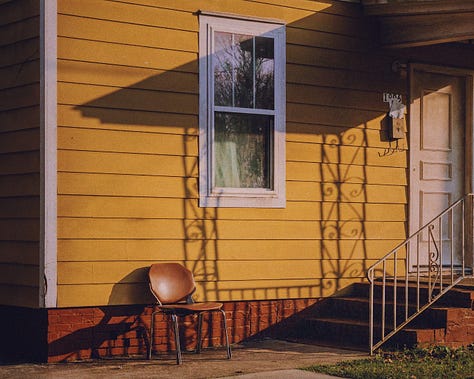
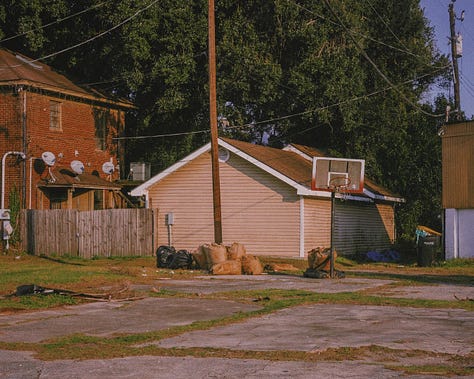
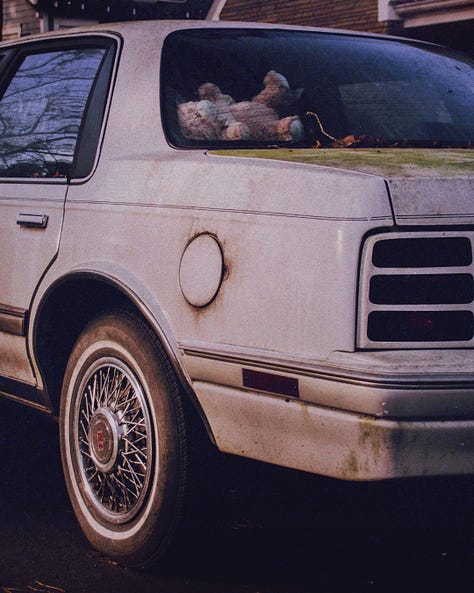
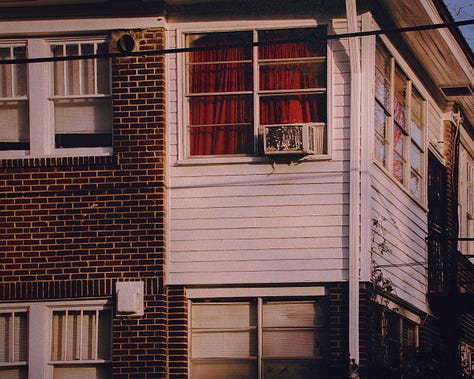
Why it matters for your work:
Starting with a question means you’re investigating something, not just pointing your camera at what’s already obvious. Your images begin to connect through curiosity, which is far stronger than shooting for aesthetics alone.
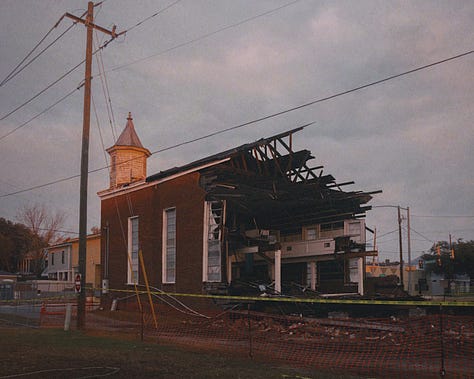

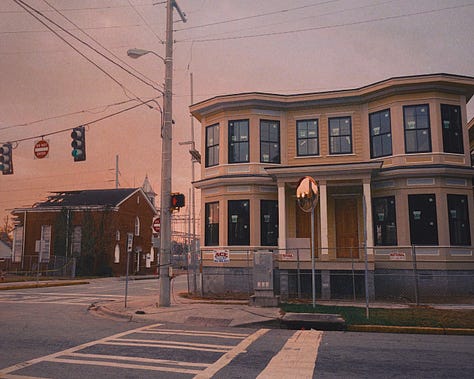
Get Specific:Your Project Will Thank You
Savannah is layered: it’s historic and modern, polished and rough, deeply rooted yet constantly shifting.
If I tried to capture everything, the work would have been diluted.
So I narrowed my lens:
I focused on neighborhoods in flux, where gentrification, culture, and community collided.
I looked for recurring themes like displacement, resilience, and the tension between preservation and progress.
I made a conscious choice to minimize photographing people in their own spaces to give viewers an intimate perspective at what it looks like when certain communities are pushed out, what’s left behind.
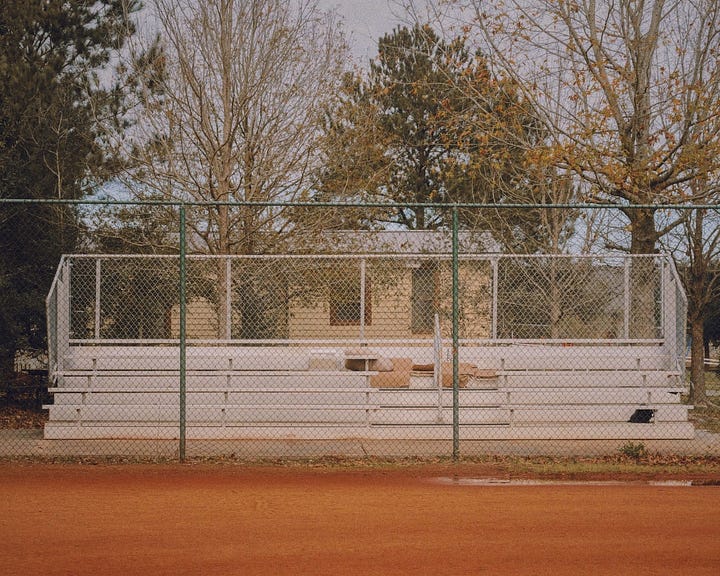
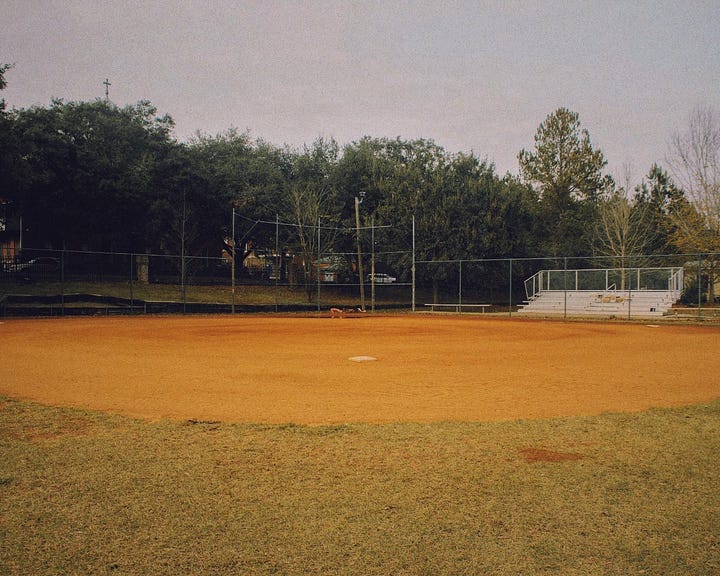
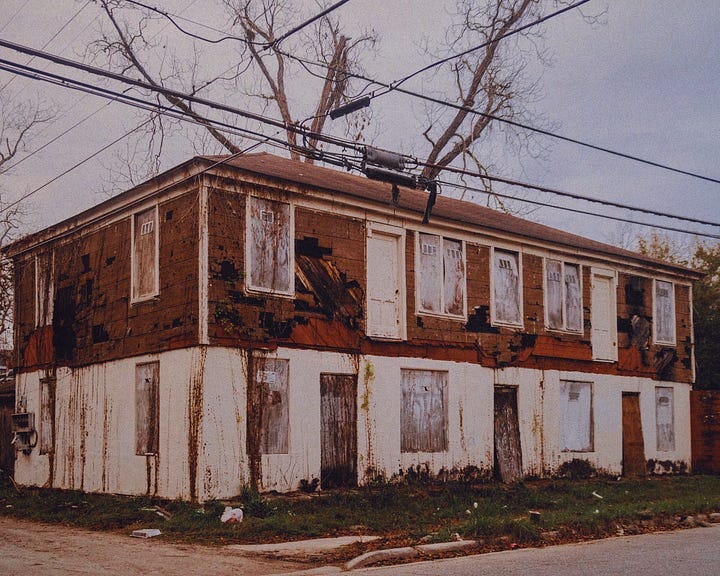
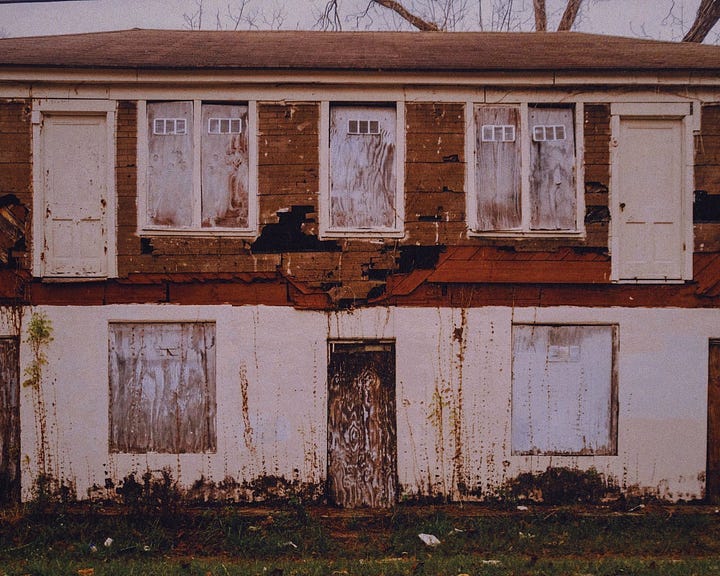
Why it matters for your work:
Specificity doesn’t limit you, it focuses you. If you define your scope early, you’ll see patterns emerge faster and your project will have a cohesive voice.
(However, I don’t recommend this process until about 5-6 months into shooting)
Research & Immerse Yourself
I didn’t just walk around with a camera and hope for moments. I studied Savannah’s history, especially around urban renewal projects and the displacement of Black communities. I read local news, historical archives, and personal accounts.
I also made time to talk to residents, shop owners, pastors, artists, elders. Those conversations gave me context the camera alone couldn’t capture.
Some of the most important photos in Unveiling Savannah’s Shadows only happened because I was invited into someone’s home or neighborhood after weeks or months of building trust.
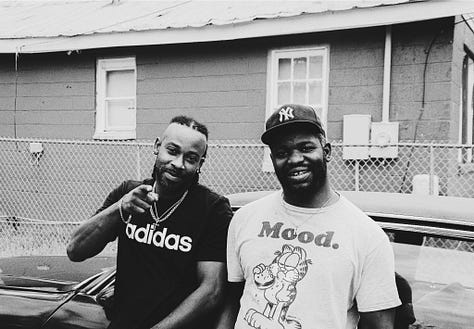
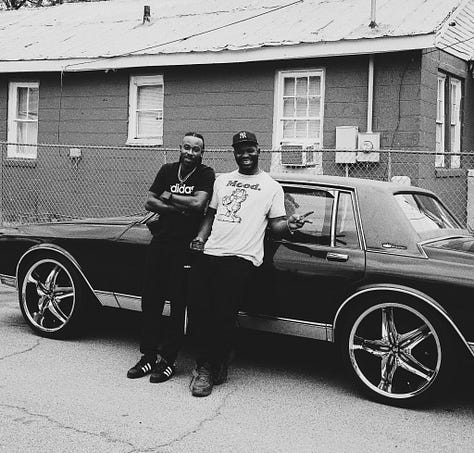
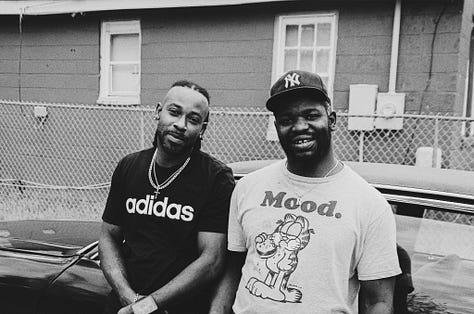
Why it matters for your work:
The deeper you immerse yourself, the more authentic your images will be. When your subjects sense your respect and understanding, they open up in ways that can’t be faked.
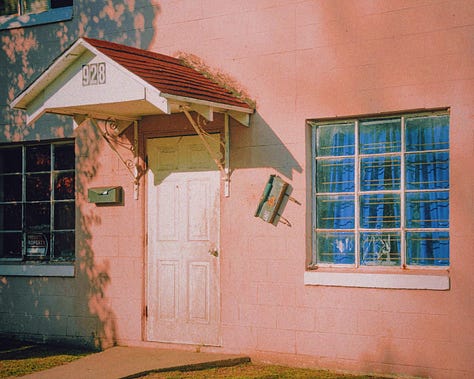
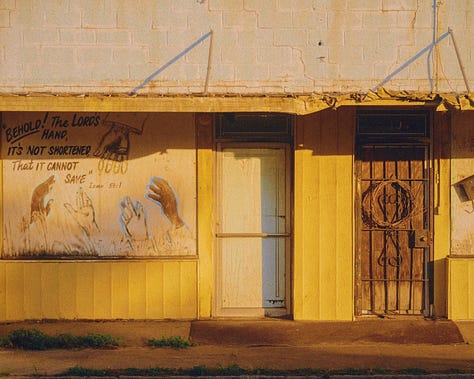
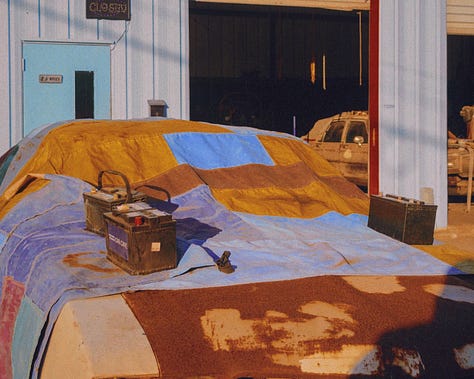

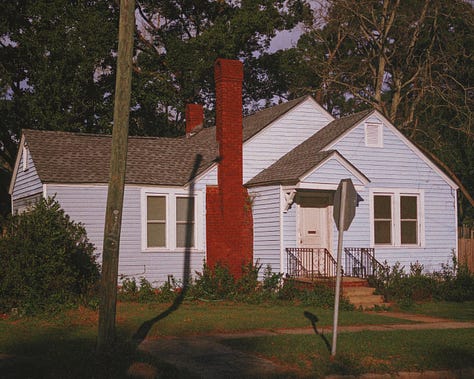
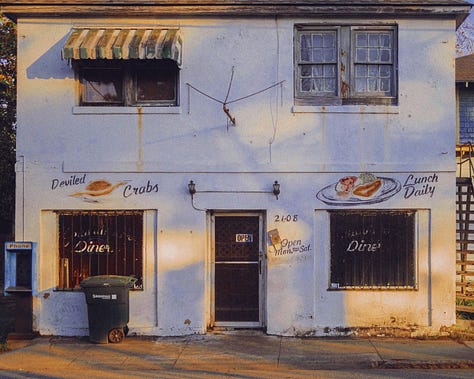
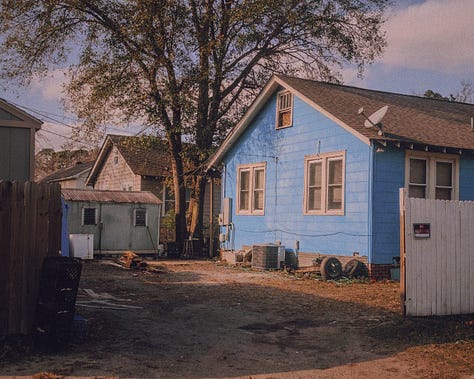
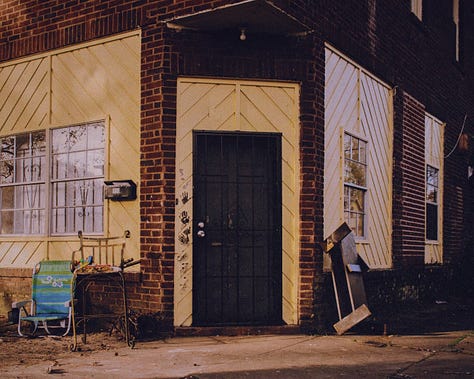
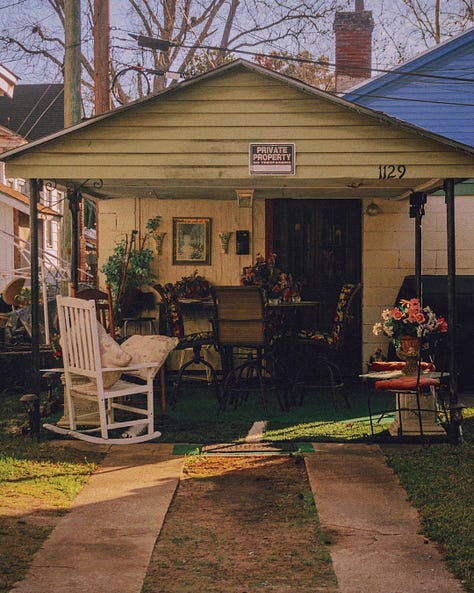
Research & Immerse Yourself
In four years, I didn’t just “go get the shot” and leave. I revisited the same streets dozens of times, morning, noon, and night. I photographed people I had met early on years later, documenting how they and their environments had changed.
This slow rhythm allowed me to see beyond the surface. A corner store wasn’t just a building, it was a gathering place, a witness to countless daily stories.
Why it matters for your work:
Projects take time to mature. If you’re chasing quick results, you’ll miss the depth that comes from patience. Let your project breathe, and it will start to guide you instead of the other way around.
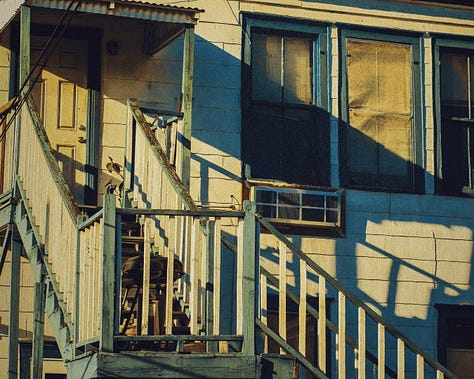


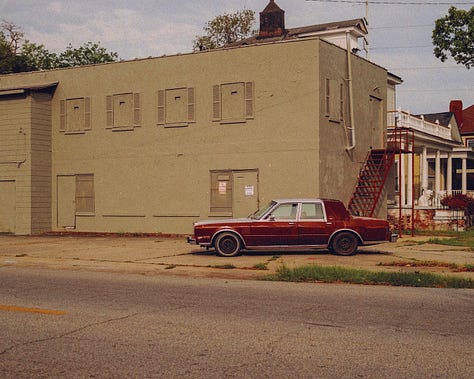
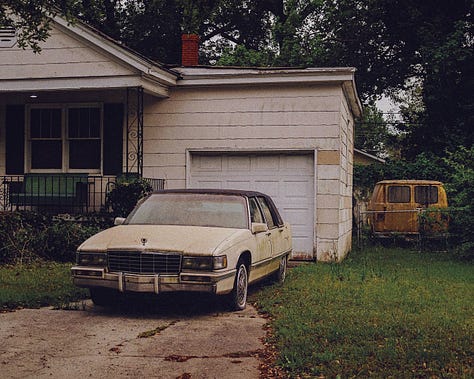
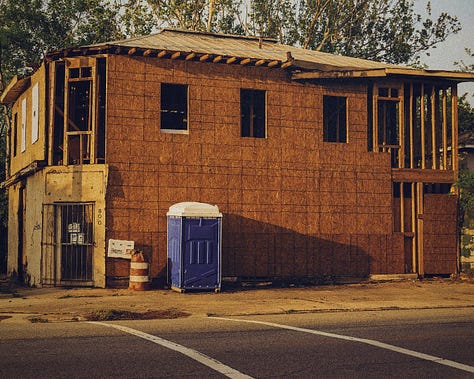
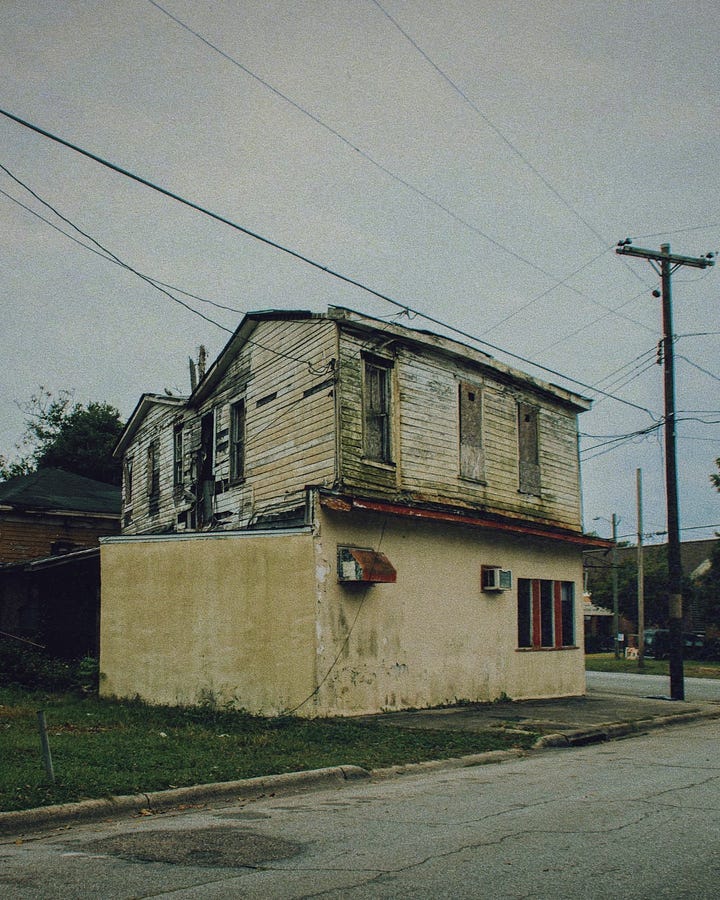
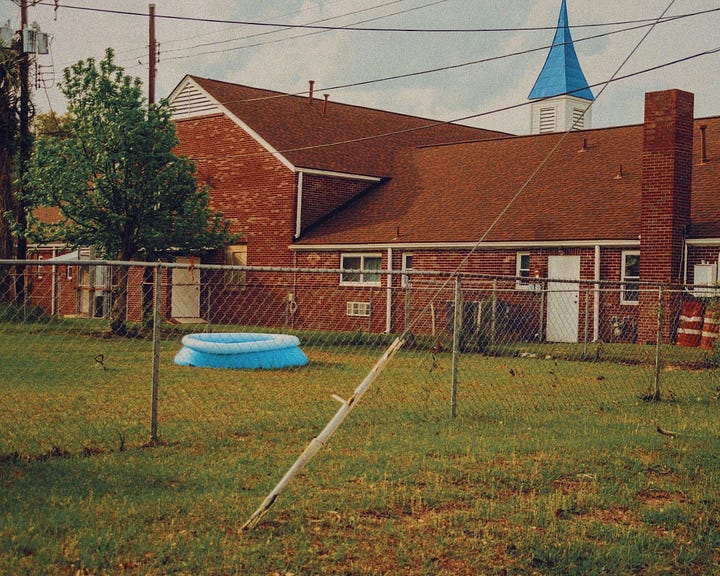
Edit Like a Storyteller
When I finally began sequencing Unveiling Savannah’s Shadows, I had thousands of images. The editing process was as much about what to leave out as what to include.
I printed small work prints of my favorites and laid them out across the floor. Then I looked for visual and emotional rhythms, images that spoke to each other. A portrait might flow into an empty street, which might lead into a close-up detail.
The goal wasn’t to show my “best” single images. It was to create a narrative that felt like walking through the city itself.
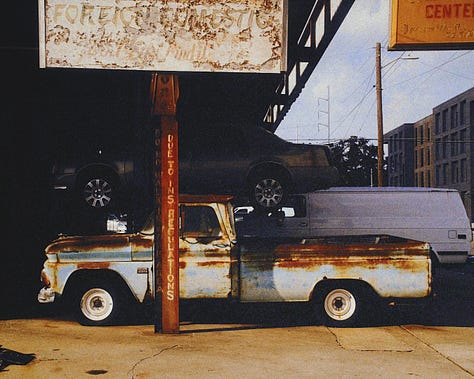
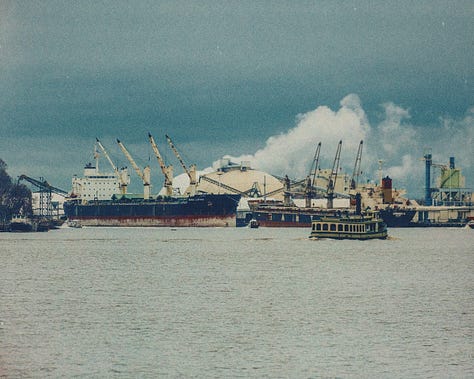
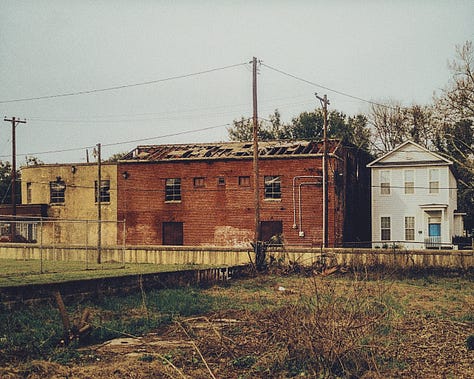
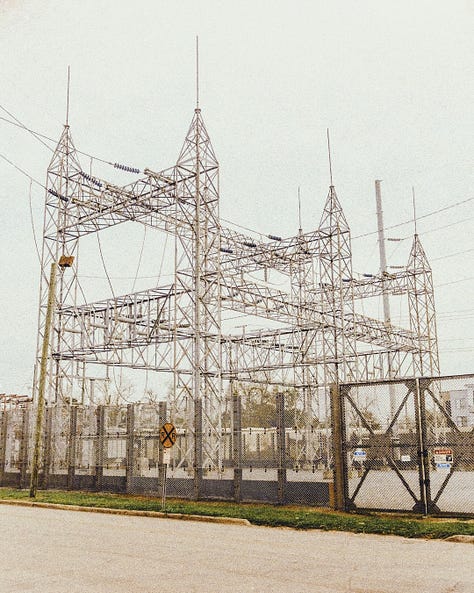
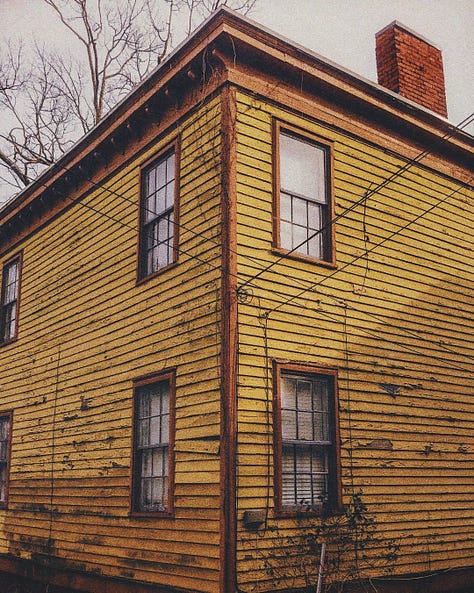
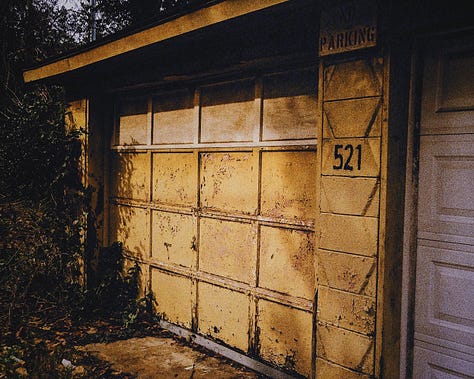

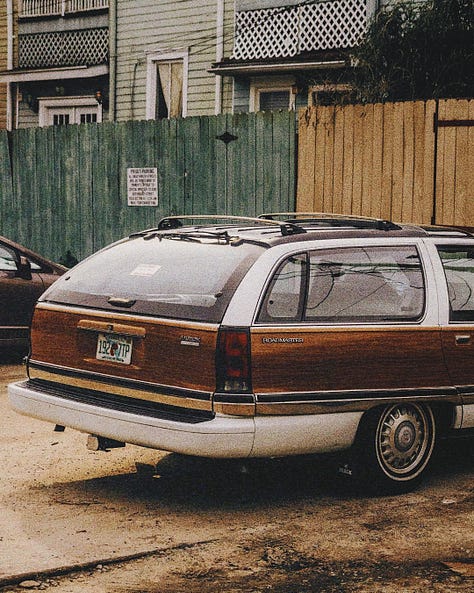
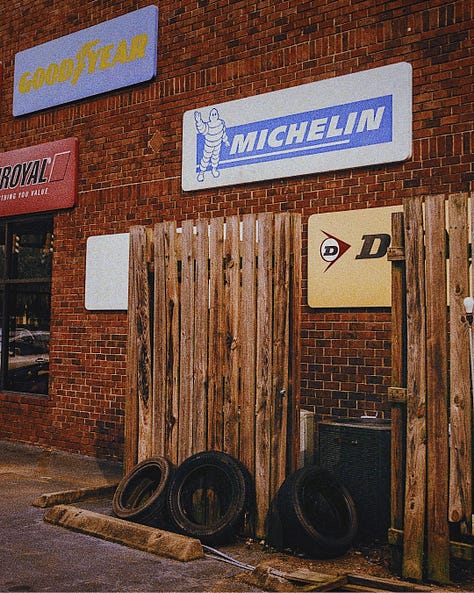
Why it matters for your work:
A strong project isn’t just a folder of good photos, it’s a sequence that carries your viewer somewhere. Learn to edit for story, not just individual impact.
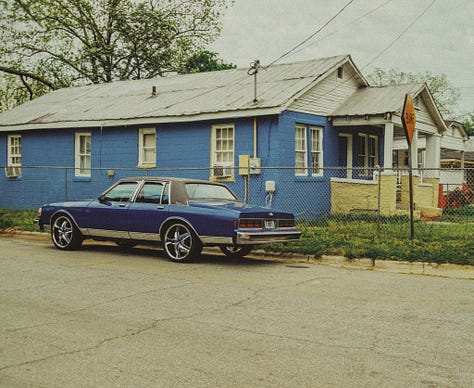

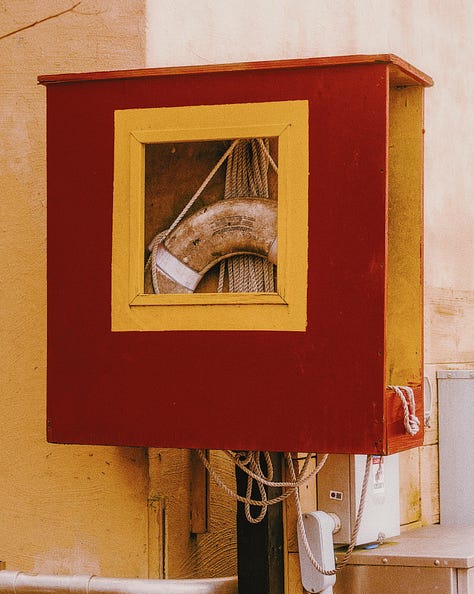
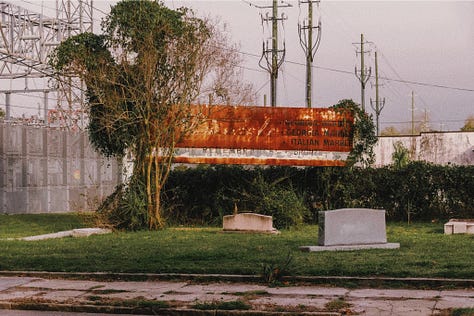
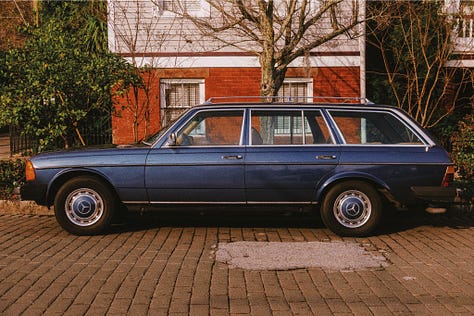
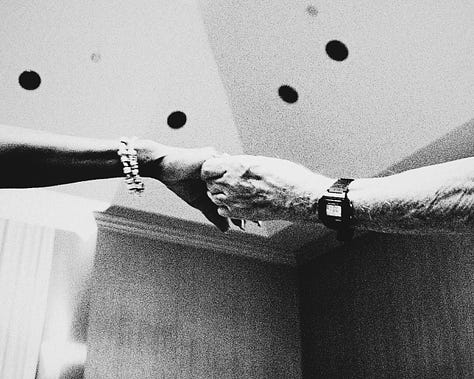
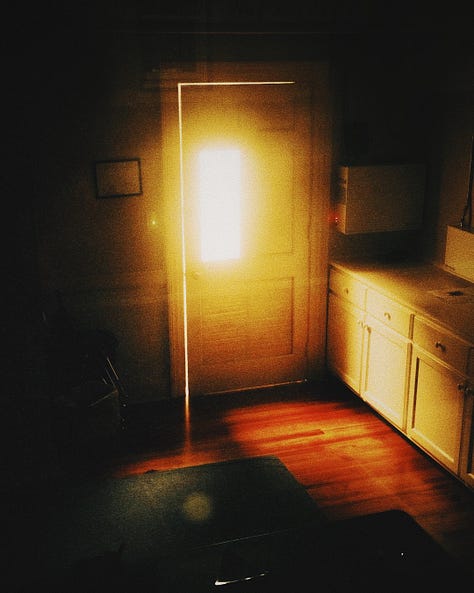
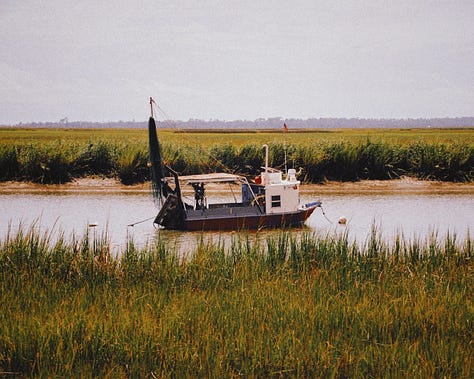
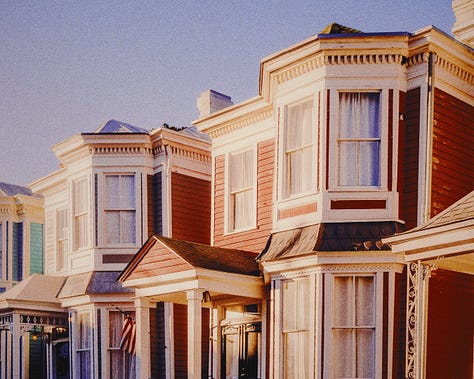
Final Thoughts
Unveiling Savannah’s Shadows taught me that building a meaningful photography project is less about the camera you use and more about the commitment you bring to the story.
It’s about:
Asking questions that matter to you.
Defining a clear focus.
Immersing yourself deeply enough to understand what you’re photographing.
Returning to your subject until the images feel inevitable.
Editing in a way that gives the work a pulse.
The best projects aren’t rushed. They evolve. And if you’re patient enough, they’ll reveal something true…not just about your subject, but about you.
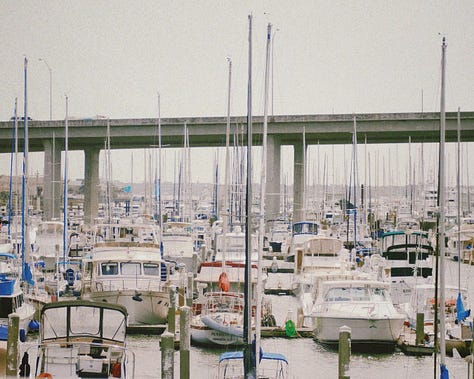
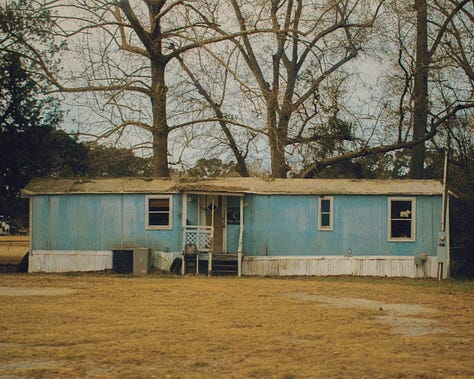
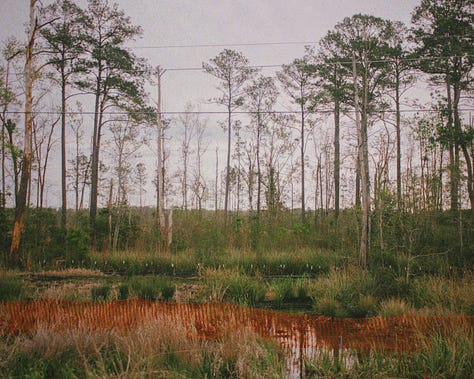

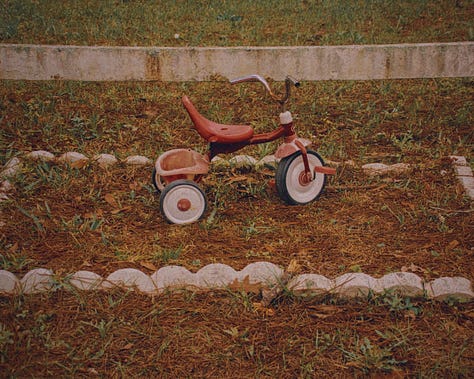
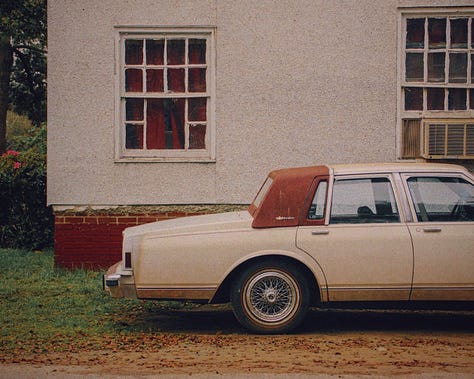
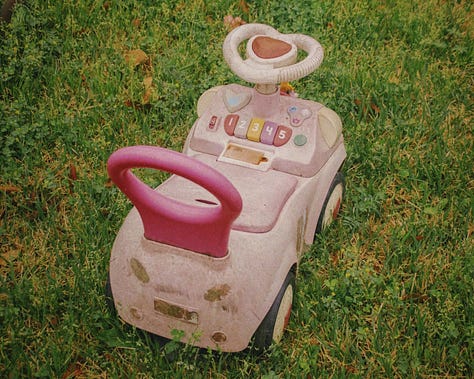
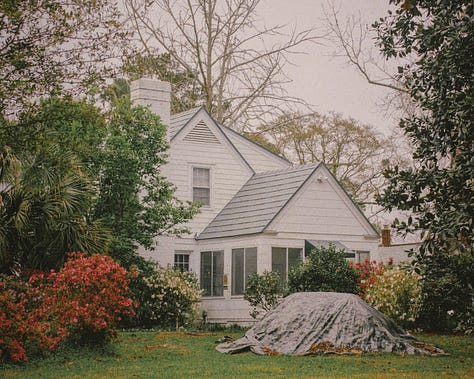

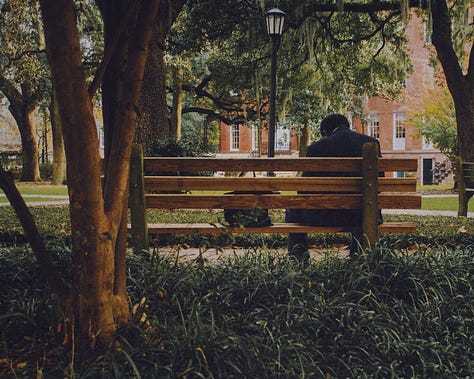
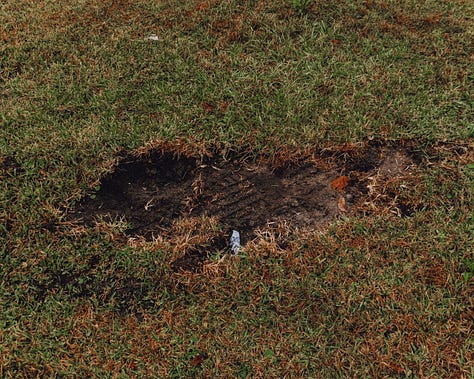
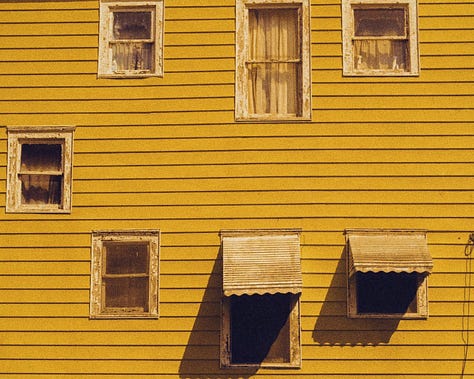
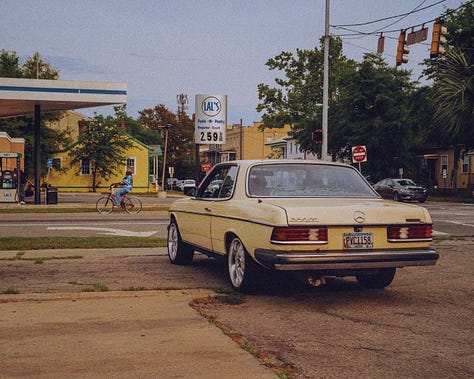

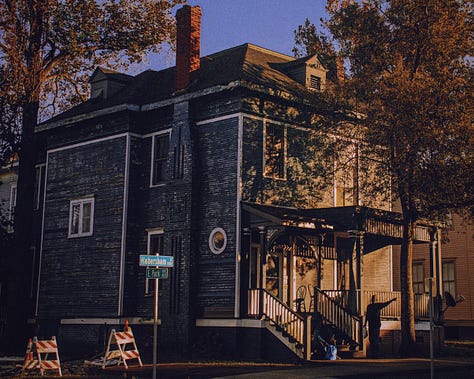


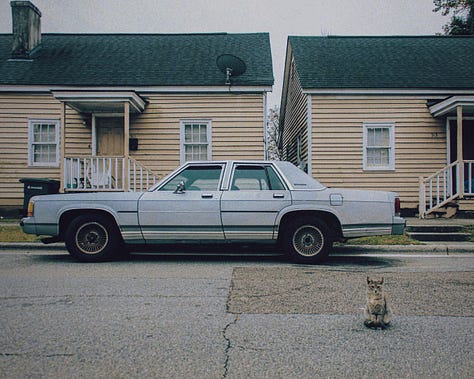
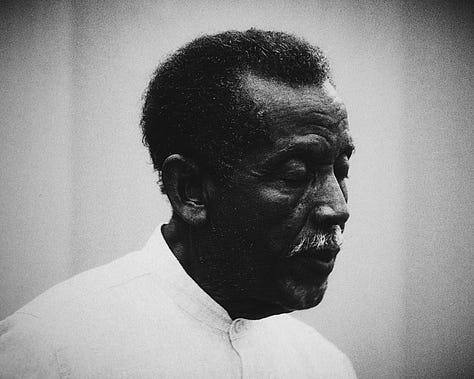
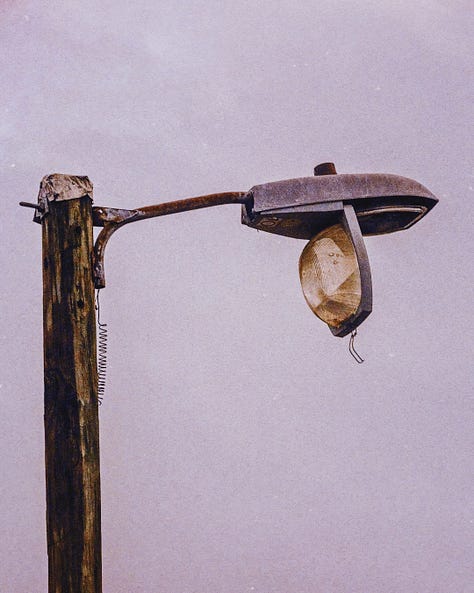
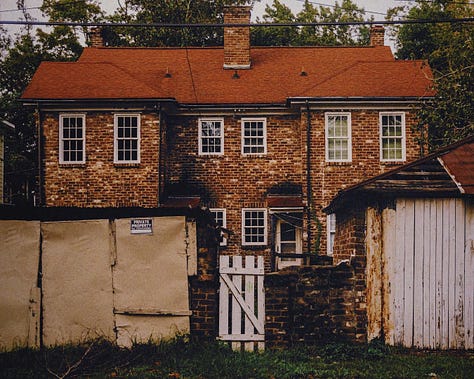
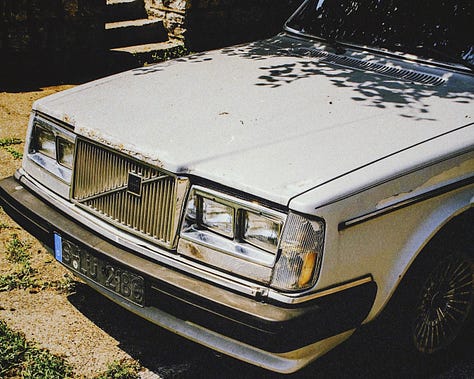
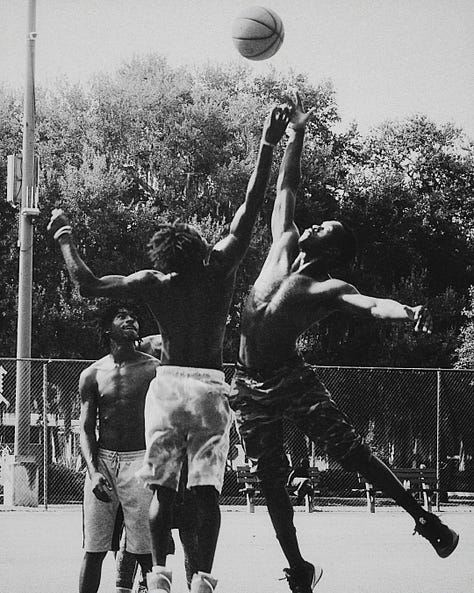
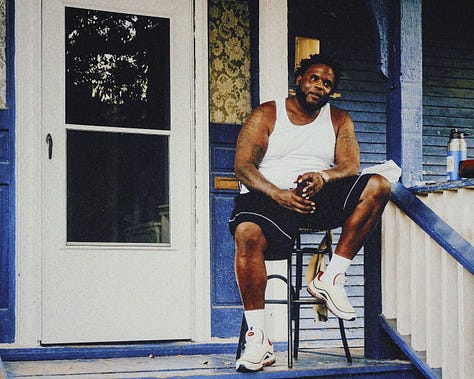
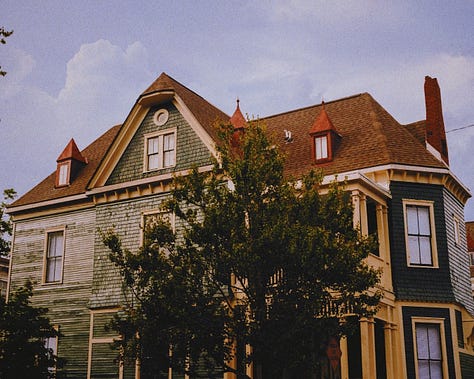
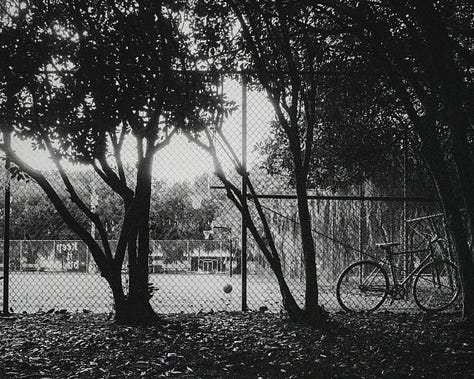
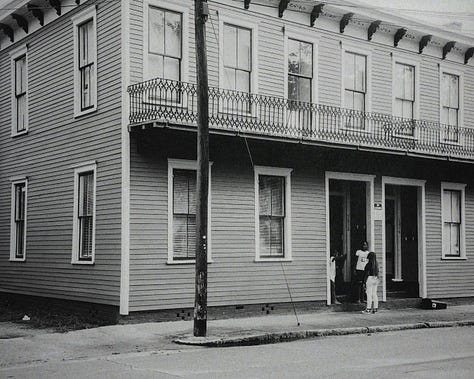
Thank you so much for reading the second edition of The Creative Connection: Crafting A Photograph. It means the world to have you here on this journey with me. If you enjoyed this piece, consider subscribing so you never miss a new publication, there’s so much more to come, and I’d love to have you along for the ride.
As a photographer, storytelling through imagery is my passion. If you're curious about my work behind the lens, feel free to check out my portfolio. I also share visual companions to articles like this one over on my YouTube channel, perfect for those who enjoy a more immersive, visual experience.
I believe education and inspiration should always be free. But if you’d like to support me and The Creative Connection, consider buying me a coffee using the link below. It helps fuel late nights, big ideas, and future editions of this series.
Thanks again for being here—until next time.
[Buy Me a Coffee ☕️ – Link below]
















Incredible photos! Wow! I’m so inspired! Thank you for sharing 🙌
Thanks for writing! I loved the story comes through the photos.